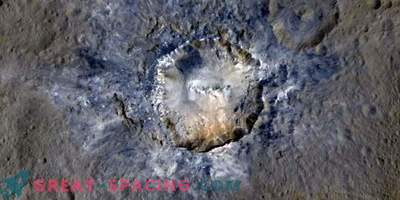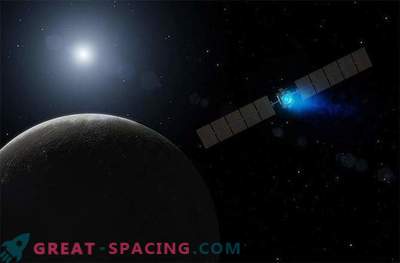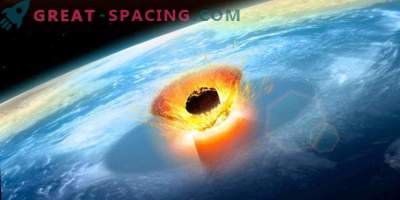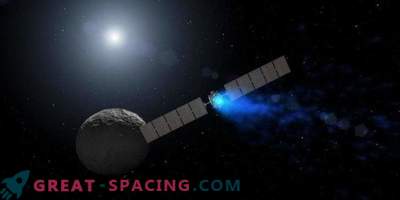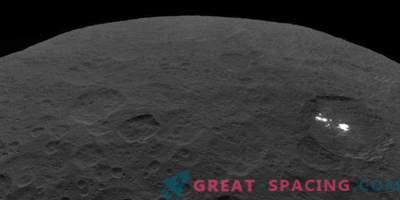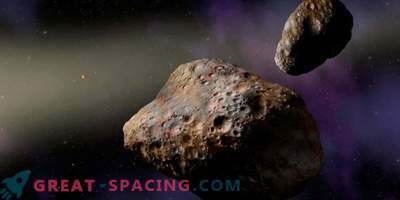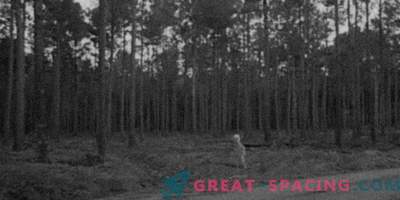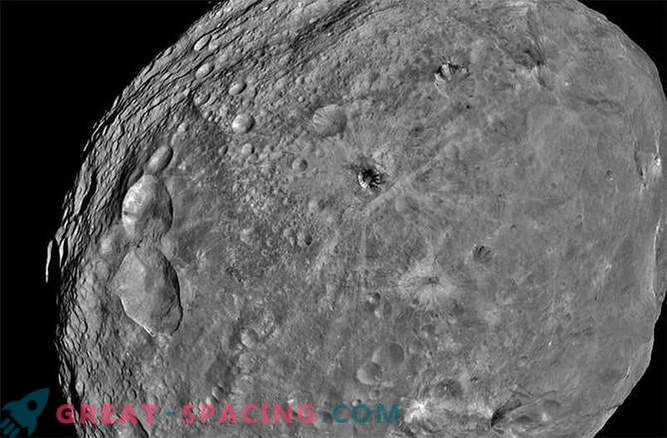
A little less than four billion years ago, as the theory says, the inner solar system was “beaten” with space stones. This event caused craters on the Moon, and most likely left a few marks on the skin of our home planet, which are erased over time due to erosion. As a result, a leading theory called “Late Heavy Bombardment LHB” (LHB) arose, which explains why this happened and why the outer planets (for example, Jupiter and Saturn) adjust their orbits.
Vesta is a large airless (no oxygen) asteroid rotating in the belt between Mars and Jupiter - it does not have so much evidence for the PTB. We know this from 2011-12-12. pictures from the spacecraft Dawn, which flew up to him at a fairly close distance. But why? New simulations show that, despite its airless surface, there should have been enough space rockets to bomb over the past four billion years to erase most of the evidence.

Some relatively fresh craters on the surface of Vesta in the southern polar region. Different images show the same region at different wavelengths. “We calculated an increase in the number of impacts during the PTB survey, which leads to erosion of the crust by several meters. Since Vesta’s crust is about 20–30 km (12.5–18.6 miles) deep, this is ... compatible with the survival of the cortex, ”writes lead researcher Simon Pirani, Ph.D., at the Lund Observatory in Sweden.
“We also investigated the asteroid for the presence of any traces of these PTB craters on the surface, and we were able to find out that in the last 4 billion years, cases of PTB were effectively erased.”
Pirani indicated that this may be a consequence of how the PTB influenced the Solar System. Our best models are based on observations of the nearest object - Moon, but the PTB may manifest itself differently inside the main asteroid belt, where Vesta is located.
Vesta is one of the few small bodies in the solar system that can be viewed closely. Ceres, in whose orbit Dawn is right now, is a dwarf planet with a completely different surface. Pirani said that the ice, which lies on the surface, provides an evidence base that craters erase quite quickly. If we turn to the case of erasing Vesta, then there are at least two mechanisms that could trigger the process.
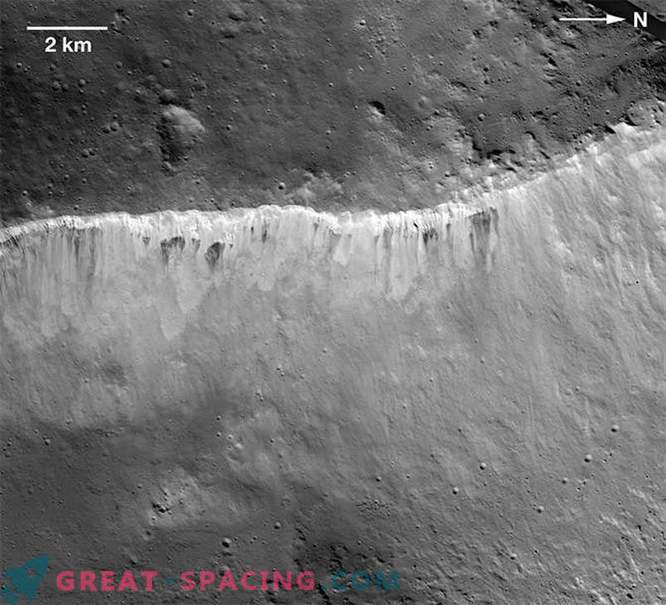
A sharp contrast between the light and dark matter of the crater Marcia. Scientists believe that light material is natural for Vesta, while dark material comes from a carbon-rich asteroid. “A possible polishing process that could contribute to the erasure of PTB craters is a widespread release of a coating substance, for example. The larger the body, the greater the likelihood that the emissions of the substance will be held on the surface after the impacts, which could affect the old craters in the area, ”Pirani said.
“Another way is seismic concussion after impact. Vesta demonstrated two large percussion basins at the south pole, so the seismic state could be an important polishing mechanism. ”
Vesta is a unique asteroid in the main belt, because it is the only one from the surface of which we have samples on our planet and we know that they came from meteorites. The samples, called GEDs (howardite-eukrit and diogenite), give us another window through which researchers can explore the past of the asteroid West.
The modeling of the formation of the early solar system indicates that there could be a lack of mass factor inside the solar system, especially in the example of Mars (small planet). Pirani said that the natural step in the study will be the process of analyzing how mass disappeared. This process could occur during the interaction of planetary embryos.

